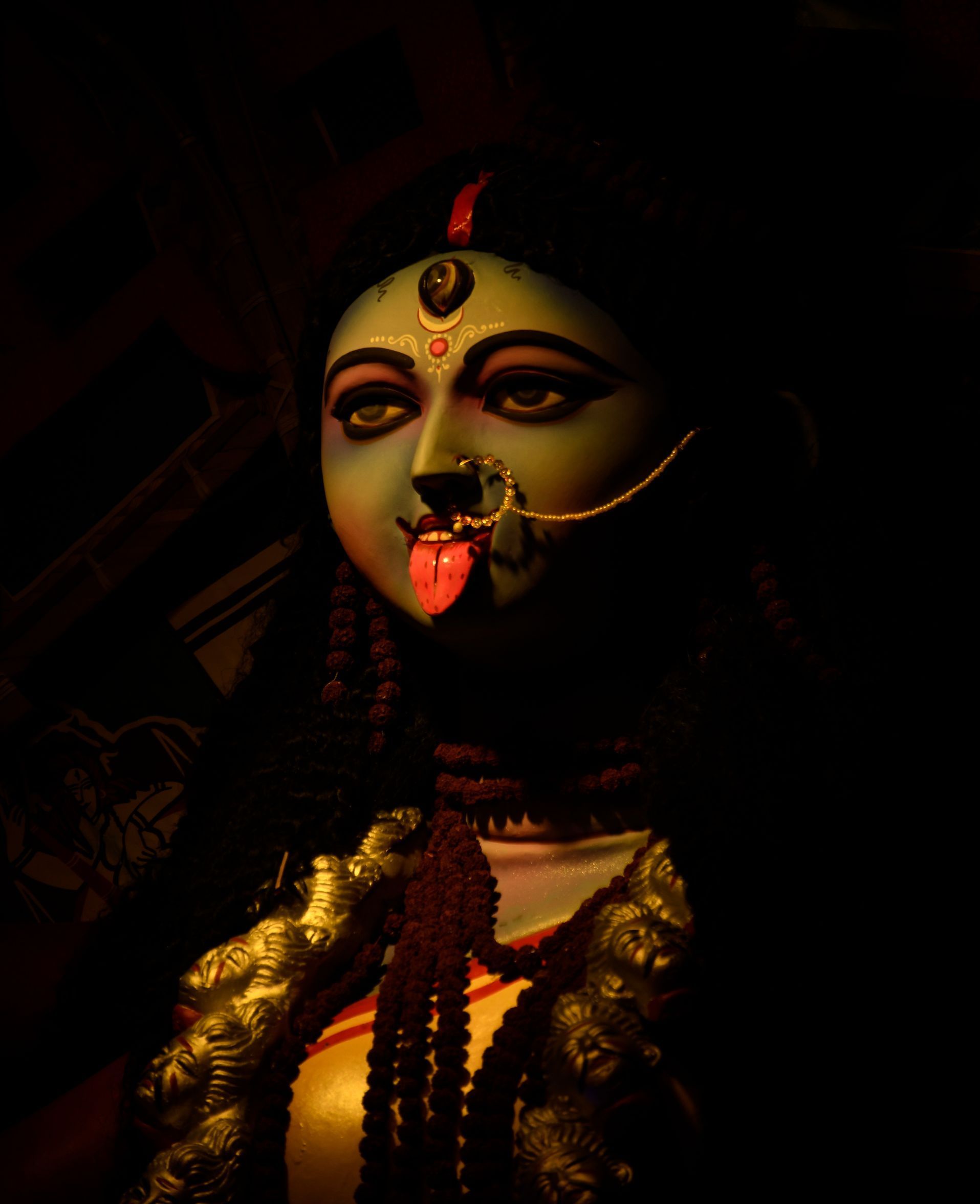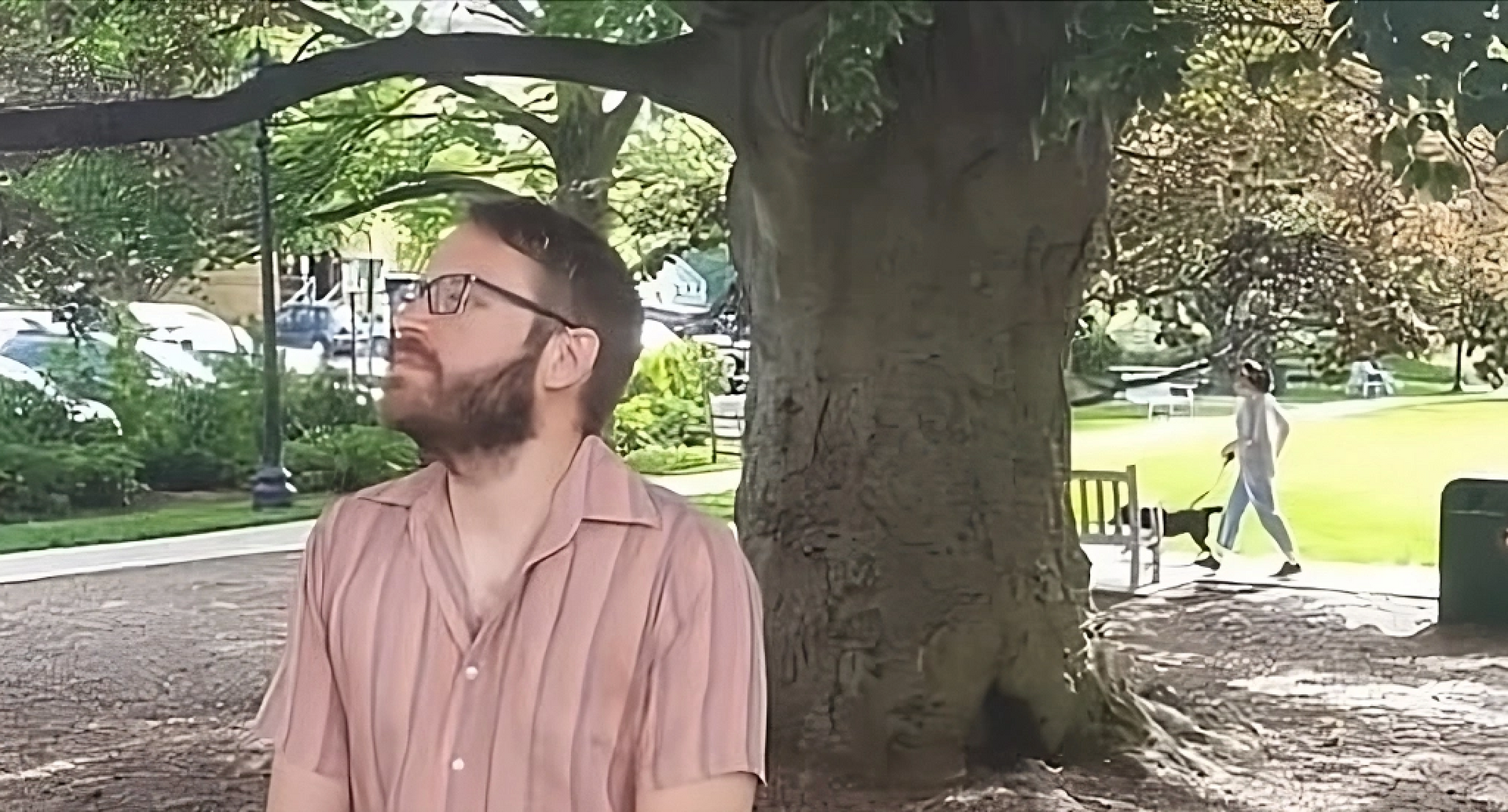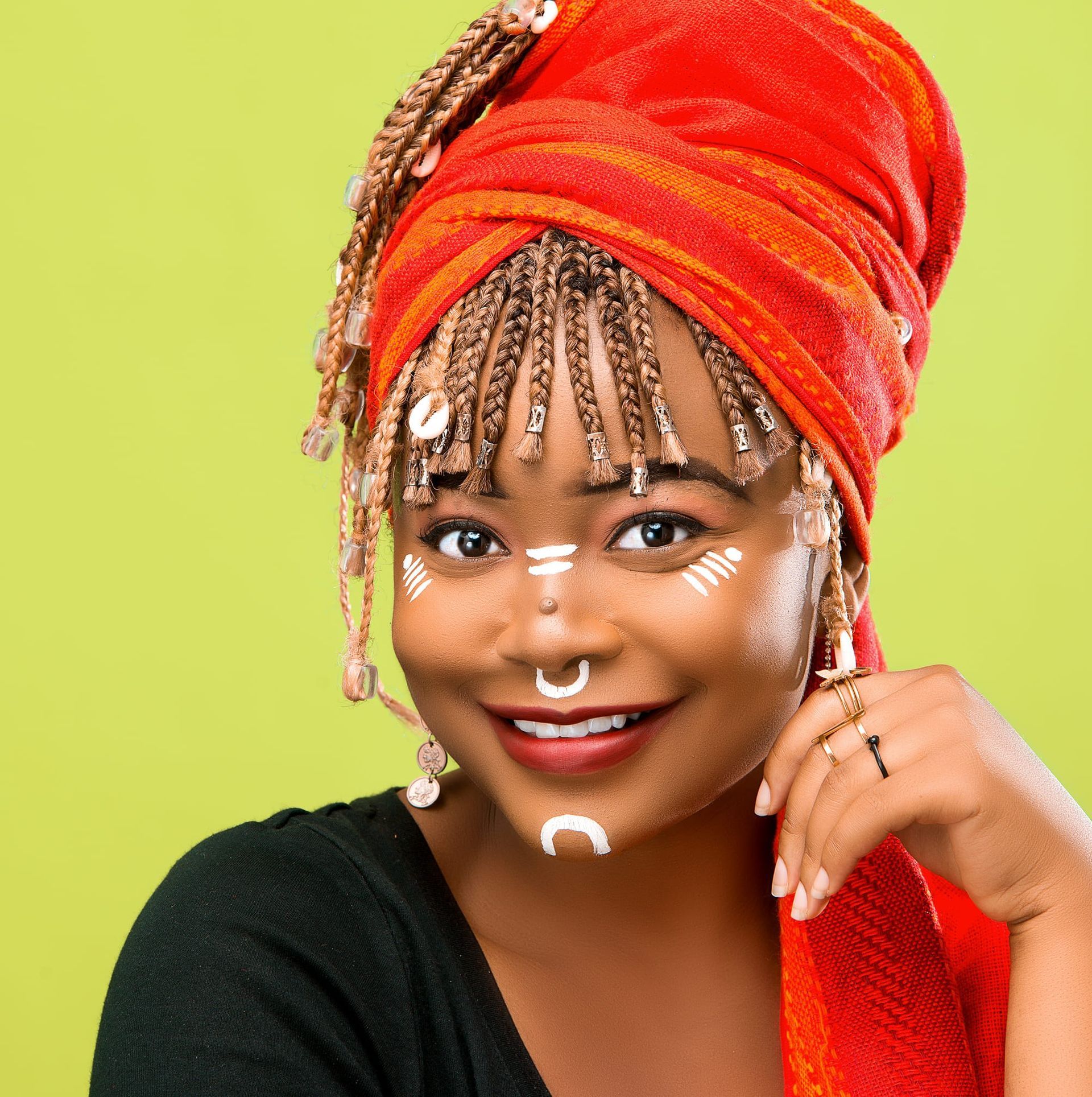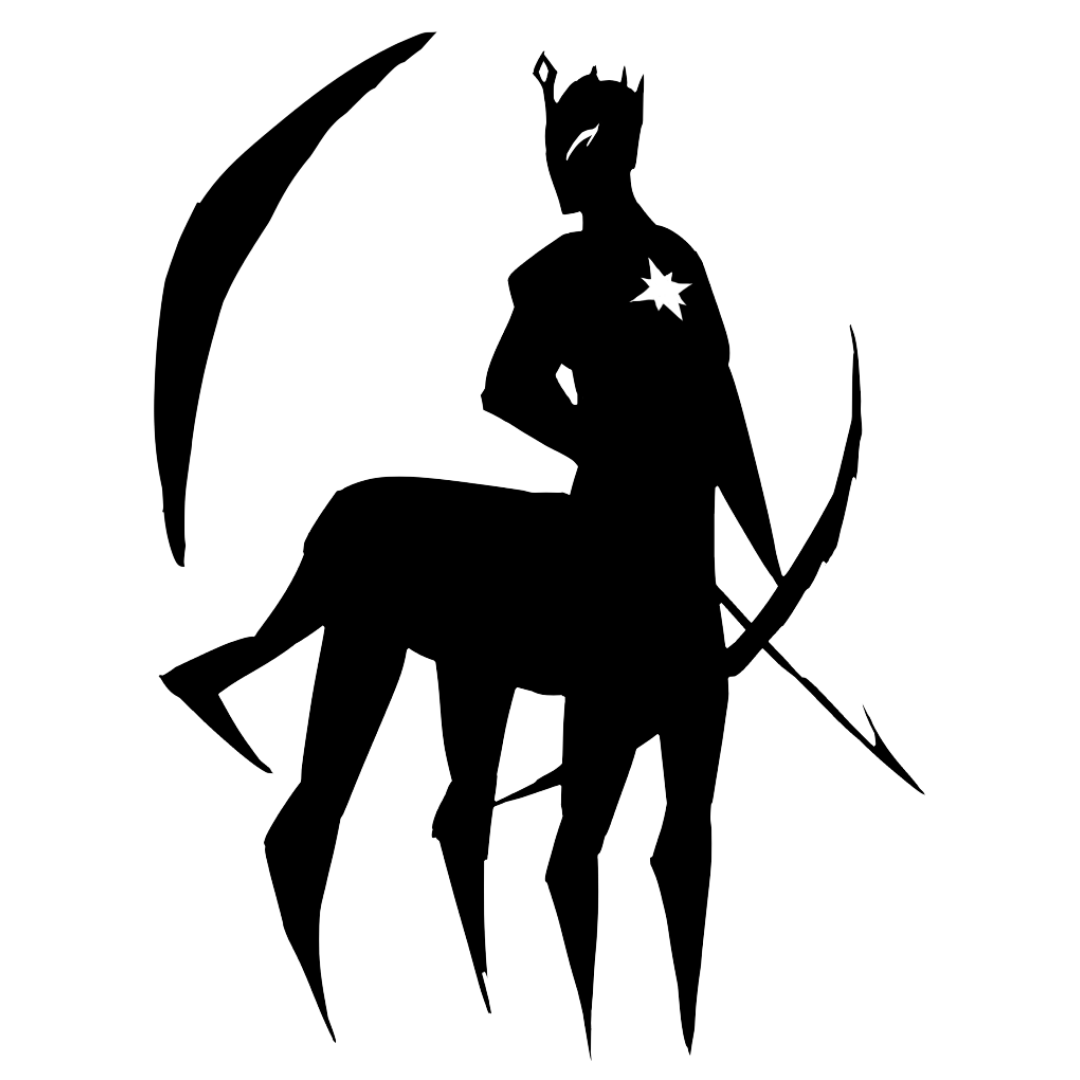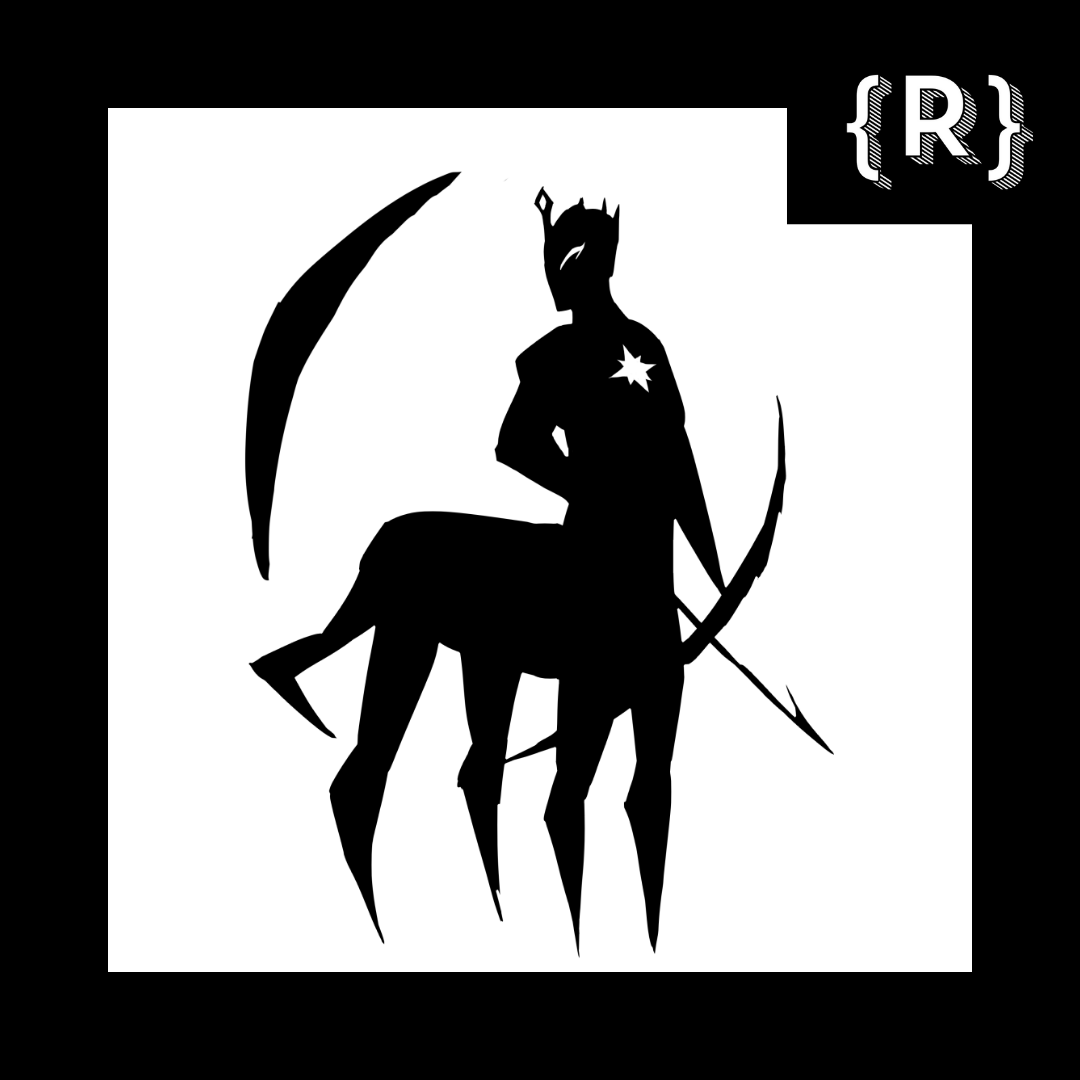POÎÉSIS | What's Epic?
POIESIS
Ars Poetica #2: Epic fact sheet 💘
Writers of epic poetry were erudite: versed in canons of lyrical literature, proficient in history, myths and lore, art, music, and philosophy. Known as "aioidos" or "rhapsodes" in Ancient Greece and "rishis" in Vedic India, these poets were gifted at observing Nature unfold from the subtlest planes of existence to the grossest, and vice versa.
Homer, Virgil, Vyasa –and all those we forgot about– have crafted unequaled literary forms to express their remarkable perception and serve History. They left a beautiful dent on humanity's culture.
This fact sheet will help you grasp the essence of epic poetry, and how civilizations in the Middle/Far East, Europe, and Africa used its narrative processes over the ages.
Here's an interesting question to ask yourself before you start your own epic tale: How can you apply the epic genre to your very self? Think of your life story, your identity, your psyche as a nation. Whether you are a poet, an artist or both, how would you sing your soul's history and majesty?
As you read on, go deeper. Pay attention to the highlighted phrases or words and research. Knowledge is introspective in nature, and transcendental power, the mark of excellent poetry, epic or not.
Take your time. Epic poetry wasn't born in a day, rather many lifetimes.
CG JUNG, CAMPBELL, RICŒUR & RELIGION
From a psychological, symbolic, and philosophical perspective, CG Jung, Joseph Campbell, and Paul Ricœur's work attempt interpretations of the epic dimension of life.
While analysis of epic mechanisms in literature and life is delightful and legitimate, reading classics of epic literature trains in composing epic literature.
Canons of all religions and mythologies are epic. They describe human experience over grandiose time frames, existence as a passage through ignorance or oblivion, the source of suffering, the obstacle to divine transformation or enlightenment.
EPIC INDIA
The Bhagavad Gita is an ethical, philosophical, and spiritual poem drawn from a larger text, The Mahabharata. While the Mahabharata depicts the events which lead to the final bloodshed in Kurukshetra, the Gita transposes a physical war into a metaphysical struggle, where the soul battles with Nature–evolution and regression tendencies– and seeks union with the absolute (Yoga) and liberation (Moksha).
GILGAMESH
According to scholars, the oldest epic poem is The Epic of Gilgamesh, a story of
royalty, transgression, carnal instincts and divine punishment written in Akkadian and dating back 2900–2700 BC (two milleniums before our era!)
GRIOTS IN AFRICA
Because poets in Africa belong to oral traditions (griots), The Epic of Sundiata Keita is the only surviving and foundational poem from the Malinke people.
This cosmogony tells the story of the founder of the Mali empire, Sundiata, his magical birth, disease, ugliness, and triumph.
Although its metric patterns are difficult to identify, probably due to mildly successful translations from Coptic, The Book of Overthrowing Apep is also a fascinating read on Ra, the sun god, battling with its own offspring, the Lord of Chaos (Apophis or Apep), a giant snake.

Odin drilling Hnitbjorg, a mountain where Suttungr the giant hid the mead of poetry and asked his daughter Gunnlod (which means "invitation to battle") to guard it. Source: The Royal Library in Copenhagen
HEROIC METER
In ancient northeastern Mediterranean civilizations, epic poems were written in dactylic hexameter, a six-meter mixing long and short vowels. While later British and American Poets attempted to adapt the dactyl to English poetry with limited success, reflecting on the creation of a typical English
heroic meter is worthwhile. Iambic may not be heroic.
HYPERBOLIC
Epic poetry uses hyperbole to express apotheosis, elevation to divinity, and conjures strong feelings towards a group, an individual or an idea. Lavishness in speech (perception) is epic.
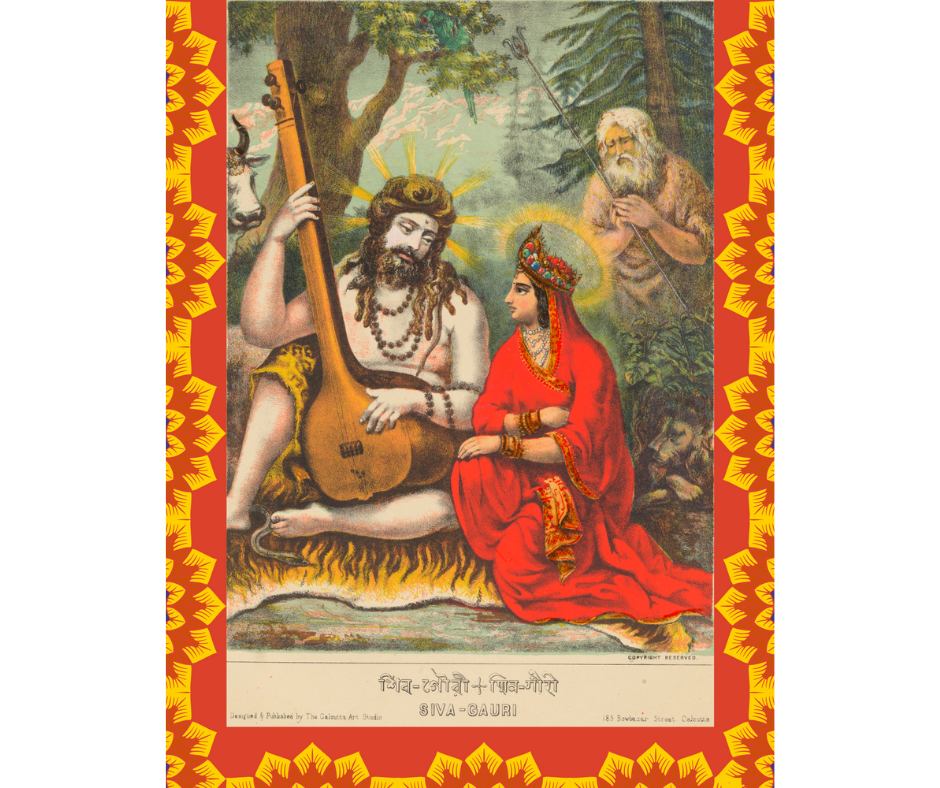
A surprising depiction of the austere and ascetic Hindu God Shiva, obviously singing or chanting a love poem to his consort Gauri - Source: MET Museum, NY
INCANTATION
Invoking a higher or transcendental force is the mark of epic poetry. Such invocation is not a magic spell, rather an "incantation," an auspicious formula to revere and appease supernatural beings and receive the boon of inspiration from them.

Magical Stela (Cippus of Horus). Hyeroglyphs describe how the infant Horus was cured by Thoth, God of writing, science, wisdom (discriminative knowledge). An epic stela!. Source, MET Museum
EPIC vs RHAPSODY
Epic poetry is
original and designed to be spoken. Rhapsody is also connected to epic narration, but is a written practice based on non-original narrations. Rhapsodes usually recited Homeric poetry.
EPOS: NARRATION OR LYRICS
Epic poems are narrative and entertaining on a superficial level only. What they do is teach by conveying subtle existential knowledge, a reason why they are of considerable length. Their musicality helped in memorizing the truths such poems contained. A perspective on the use of rhyming
worth contemplating, isn't it?
HYBRID REALISM
Key events of a nation's history expressed in poetic form, meshed with mythical elements constitute an epic. Mythology serves exaltation and induces awe in ordinary political or social battles. Epic poetry is
magical realism structured.
HELLO, HELL
The epic hero journeys downward, in the underbelly of the universe or the self. This descent in chthonian or hellish worlds is a catabasis. In great epics, the hero comes back transformed or is elevated to divinity.
HERO
There is no epic without a hero, the archetype of positive transformation. In ancient Greek, "hero" means "defender or protector." Hence, a heroic figure is a symbol of exceptional might and morals, and is bound to become a teacher.
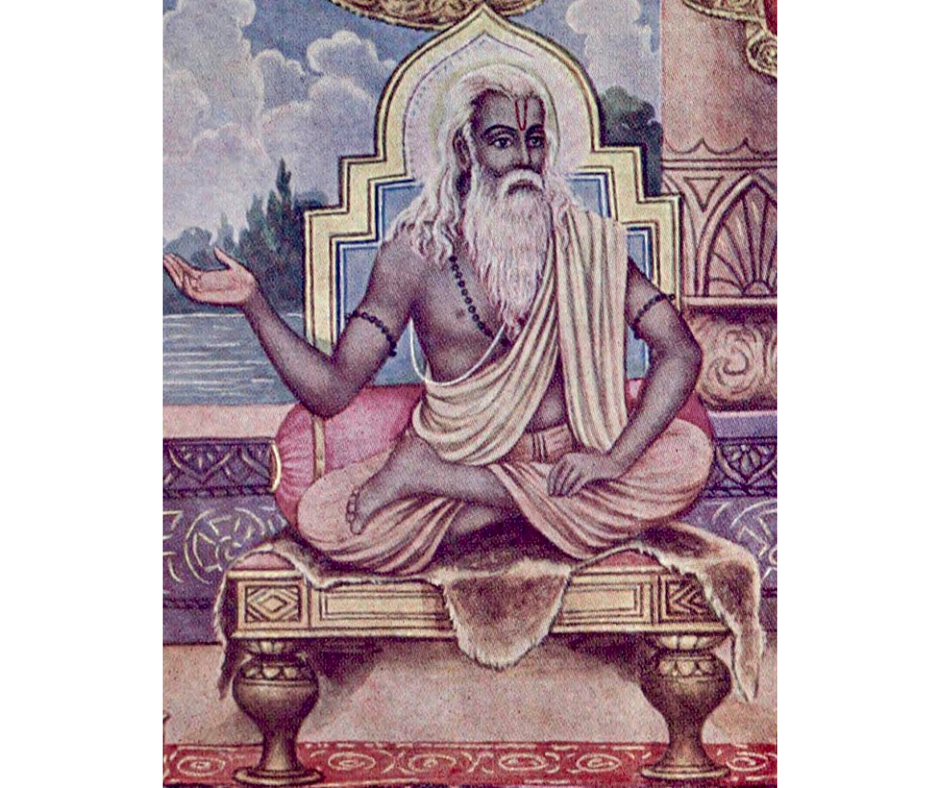
Sage Vyasa, known to be the author and transcriber of many canonical texts in Indian literature, including the famous Mahabharata (probably achieved in the 4th century of our era). Source: Wikimedia Commons
"I SING..."
Epic poetry is traditionally expressed in
cano
or "chant." Dante's Divine Comedy is exclusively composed in canti, rhythmic poems with a subtle music audible in silent and oral reading.
Walt Whitman's
I Sing The Body Electric
has an epic flavor but at the beginning of their epic adventure, poets invoke transcendence, not immanence, which is the cause of the hero's misery.

An amphora (jar), representing a young man singing and playing the kithara, probably an aoidos. Source: MET Museum, NY
KNIGHTLY
Celtic literature, which includes Arthurian Legends from Brittany, and Russian byliny tales are epic. They are akin to the chivalrous "chanson de geste" in French. "La geste" is a feminine medieval term describing an act of extraordinary bravery, not to be mistaken with the masculine "le geste" which simply describes a hand gesture.
NORDIC SAGA
Old Norse Sagas are sung epics. Odin, the eminent deity of ancient Nordic cultures and modern Asatru is God of
Skald (Poetry), says Poet Snorri Sturluson.
PROSE IN JAPAN
Epic poetry in Japan is mostly prose, historic and related to theatrical arts like No, Kabuki etc. Monogatari, a type of Japanese epic, is psychological. Epic poets deliver their poems in music, usually with a biwa, a four-string wooden lute.
SHORTS
Yes. Short epics exist. They are called "epyllium" or "epyllion."
SUBMIT
{R}#5 honors the epic genre. We want majestic literature and art. You can submit your work in Poetry, Art, Mythology, Philosophy and Translation here
SHOWS & READS
- All the epics, cosmogonies, and canonical texts mentioned here, easily available for free on the internet. Also, check our secret library every now and then.
- Joseph Campbell and The Power of Myth. Our favorite conversation on Myth.
- CG Jung, Collected Works
- The Rule of Metaphor, (La métaphore vive), Paul Ricœur. Our other favorite, with Time and Narrative. Ricœur's work is intense, but essential for polymath-poets and artists.
SHARE THIS ARTICLE
New Paragraph
Murielle Mobengo is editor-in-chief and founder of {R}. She inquires poetic existence, the origins of Poetry, and its proximity with Mythology, the religious sources of Art, and Philosophy. She composes in English, French, German, and has a fondness for Western ancient languages & Sanskrit. Passionate about symbols–which in her opinion and as a whole, express pantheism–, Murielle defines herself as a symbolist and a mythologist. Murielle Mobengo is a disciple of Kashmiri Shaivism, the non-dualist Eastern philosophy where Yoga originated.
Revue {R}évolution
